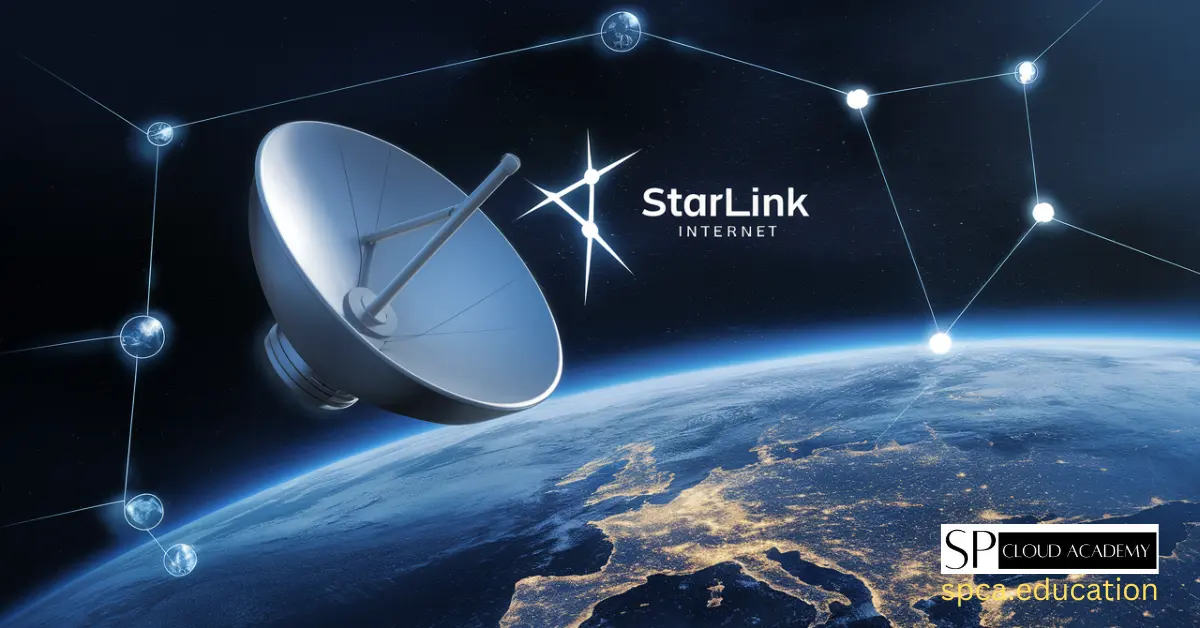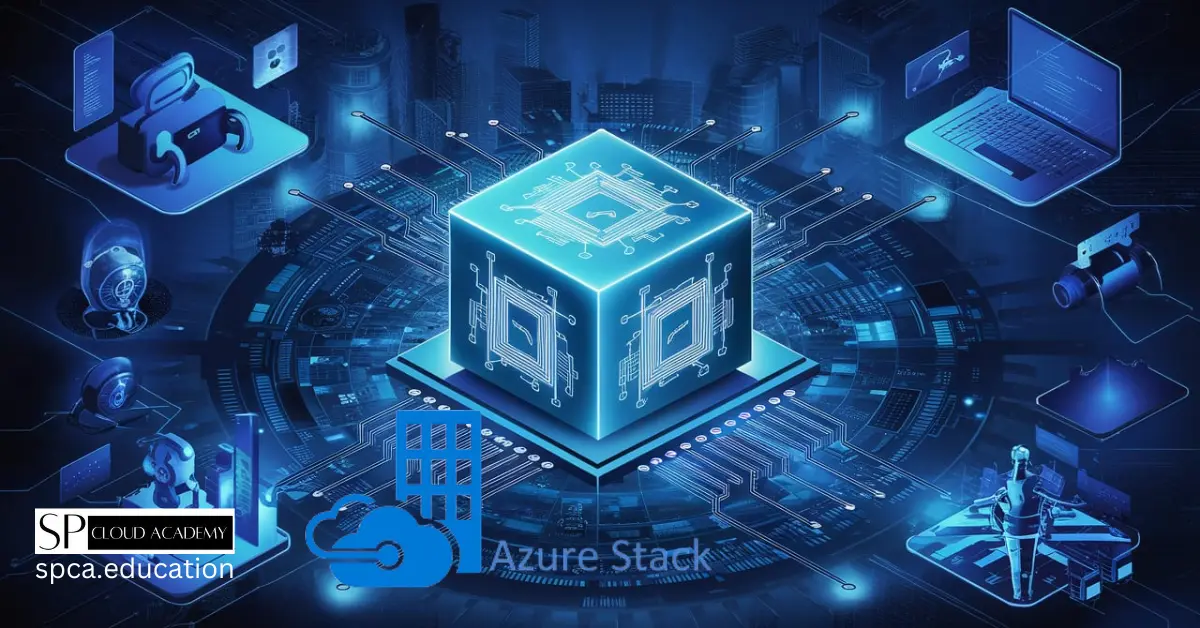In today’s fast-paced, digital world, reliable internet access is no longer just a convenience—it’s a lifeline. Whether you’re working remotely, attending online classes, streaming your favorite shows, or accessing telemedicine, high-speed internet has become essential. Yet, millions of people around the globe, especially in rural and remote areas, still lack access to this vital resource. The digital divide—the gap between those with reliable internet and those without—remains a pressing challenge, limiting opportunities for education, economic growth, and quality of life.
This is where Starlink, a revolutionary satellite internet service from SpaceX, enters the picture. Developed by Elon Musk’s aerospace company, Starlink promises to deliver high-speed, low-latency internet to every corner of the planet, from bustling cities to the most isolated wilderness. But is Starlink truly the future of global connectivity? And what do you need to know before deciding to switch to this service?
In this in-depth article, we’ll explore everything you need to understand about Starlink. We’ll break down how it works, its standout advantages, its current limitations, and how it stacks up against other internet options like fiber, cable, and 5G. We’ll also dive into its real-world applications, future potential, and the critical factors you should consider before making the leap. By the end, you’ll have a clear picture of whether Starlink is the right choice for you and how it might shape the future of internet access worldwide.
Introduction: The Global Connectivity Challenge
The internet has transformed how we live, work, and connect. According to the International Telecommunication Union (ITU), over 5 billion people were online in 2023—yet nearly 2.6 billion remain offline, many in rural or developing regions. Traditional internet infrastructure, such as fiber-optic cables, copper lines, and cell towers, relies on extensive ground-based networks. While these systems deliver blazing-fast speeds in urban areas, they’re often impractical or too expensive to deploy in remote locations like mountain villages, sprawling farms, or island communities.
This gap has fueled the rise of satellite internet, a technology that beams connectivity from space directly to users on Earth. Historically, satellite internet has been a fallback option—slow, laggy, and expensive. But Starlink aims to rewrite that narrative. By leveraging a massive constellation of low Earth orbit (LEO) satellites, Starlink offers a new approach to internet access, one that could potentially bridge the digital divide and redefine global connectivity.
So, what makes Starlink different? Is it the ultimate solution to our internet woes, or just another overhyped tech venture? Let’s start by unpacking what Starlink is and how it works.
What is Starlink?
Starlink is a satellite internet service operated by Starlink Services, LLC, a subsidiary of SpaceX, the aerospace giant behind reusable rockets and Mars colonization dreams. Unlike traditional satellite internet, which uses a handful of large satellites parked in geostationary orbit (about 22,000 miles above Earth), Starlink relies on thousands of small satellites orbiting much closer—between 340 and 1,200 kilometers (210 to 745 miles). This proximity is key to its performance, offering faster speeds and lower latency than its predecessors.
As of early 2025, Starlink has launched over 7,000 satellites, with plans to scale up to as many as 42,000. The service is already operational in more than 100 countries, serving over 4 million subscribers worldwide. From rural America to sub-Saharan Africa, Starlink is making waves as a viable alternative to traditional internet providers.
How Does Starlink Work?
Starlink’s system is a marvel of modern engineering, built on three core components:
- Satellites: These compact, flat-panel satellites weigh about 260 kilograms each and are equipped with advanced antennas and solar panels. They orbit Earth in a carefully coordinated constellation, communicating with each other via laser links to form a seamless network in space.
- Ground Stations: Scattered across the globe, these facilities connect the satellite network to the terrestrial internet. They receive data from the satellites and relay it to the broader web, acting as the bridge between space and Earth.
- User Terminals: Nicknamed “Dishy McFlatface” by early adopters, the Starlink dish is a small, sleek device users install at their homes or businesses. It uses phased-array antennas to automatically track and connect with satellites overhead, no manual aiming required.
Here’s the process in action: When you browse the web or stream a video, your device sends data to the Starlink dish. The dish beams this data to a satellite, which relays it to a ground station. The ground station then connects to the internet, and the response travels back through the same chain. Thanks to the low orbit of the satellites, this happens in near-real-time, minimizing delays.
Why Was Starlink Created?
Starlink’s mission is twofold:
- Closing the Connectivity Gap: Elon Musk envisioned Starlink as a way to bring high-speed internet to remote and underserved areas where traditional infrastructure isn’t feasible. Think rural farmers, island dwellers, or communities in developing nations—places often overlooked by big ISPs.
- Funding Space Exploration: Starlink isn’t just about internet access; it’s a revenue engine for SpaceX. Musk has said the profits will help bankroll ambitious projects like colonizing Mars, making Starlink a cornerstone of his broader vision.
Beyond these goals, Starlink aims to shake up the internet service market, offering a competitive alternative that could drive innovation and lower costs for consumers everywhere.
Advantages of Starlink: Why It’s Turning Heads
Starlink isn’t just another satellite internet provider—it’s a game-changer in several ways. Here are the standout benefits that make it a compelling option for millions.
1. High-Speed Internet in Remote Areas
For people in rural or isolated regions, reliable internet has often been a pipe dream. Laying fiber-optic cables or building cell towers in these areas is costly and logistically challenging. Starlink sidesteps this entirely by beaming internet from space. As long as you have a clear view of the sky, you can get online.
- Real-Life Impact: In 2021, the Hoh Tribe in Washington state used Starlink to connect their remote reservation, calling it a leap into the 21st century. Suddenly, kids could attend virtual classes, and adults could access telehealth services—opportunities that were previously out of reach.
2. Low Latency for Better Performance
Latency—the time it takes for data to travel from your device to a server and back—matters a lot for real-time activities like video calls, online gaming, or remote work. Traditional satellite internet, with its geostationary satellites, has latency as high as 600 milliseconds, making it feel sluggish. Starlink’s LEO satellites cut this down to 20-40 milliseconds, rivaling many ground-based services.
- Why It’s a Big Deal: Gamers can play without lag, remote workers can join Zoom calls without freezes, and streamers can enjoy uninterrupted HD video.
3. Global Coverage Potential
With plans to deploy tens of thousands of satellites, Starlink could eventually blanket the planet with internet access. From the Arctic Circle to the middle of the Pacific Ocean, no place would be too remote.
- Current Reach: By 2025, Starlink is live in over 100 countries, with ongoing expansions into new regions like Southeast Asia and the Middle East.
4. Rapid Deployment in Emergencies
Unlike cable or fiber, which can take months or years to install, Starlink can go live almost instantly once its satellites are in orbit. This makes it a lifesaver in disaster zones where traditional infrastructure is damaged.
- Case Study: After Hurricane Ian hit Florida in 2022, Starlink terminals were deployed to restore connectivity, helping first responders coordinate relief efforts.
5. Scalable Network Capacity
As demand for internet grows, Starlink can scale up by launching more satellites. This flexibility ensures it can handle increasing numbers of users without sacrificing quality—a challenge for many traditional providers.
Limitations and Challenges: The Other Side of Starlink
Starlink isn’t perfect. Despite its promise, it faces hurdles that could affect its adoption and long-term success. Here’s what’s holding it back.
1. Cost Barriers
Starlink’s upfront and ongoing costs can be steep. The standard kit—including the dish, router, and cables—retails for around $349, while the High-Performance Kit for businesses or heavy users costs $2,500. Monthly subscriptions range from $80 to $120 for residential plans, with premium options like Starlink Business hitting $500 or more.
- Comparison: In cities, fiber or cable plans often start at $50/month, making Starlink a pricier option for some.
2. Limited Coverage and Availability
While Starlink is growing fast, it’s not yet universal. High-demand areas, especially urban centers, may face waitlists or capacity constraints. Service quality can also vary depending on satellite density and local congestion.
- Check Before You Buy: Starlink’s website offers an interactive map to see if it’s available in your area.
3. Environmental Concerns
With thousands of satellites already in orbit—and tens of thousands more planned—Starlink raises red flags about space debris. Even though SpaceX deorbits old satellites, the risk of collisions grows as the constellation expands. Plus, the satellites’ brightness has sparked complaints from astronomers about light pollution disrupting stargazing.
- SpaceX’s Response: The company has reduced satellite reflectivity and collaborates with astronomers, but concerns linger.
4. Regulatory Roadblocks
Launching a global network means navigating a maze of international regulations. Each country has its own rules on spectrum use, licensing, and data privacy, which can delay Starlink’s rollout.
- Example: In India, regulatory approvals have slowed Starlink’s entry despite strong demand.
5. Weather Sensitivity
Satellite internet, including Starlink, can falter in bad weather. Heavy rain, snow, or dense cloud cover may weaken the signal, though Starlink’s design minimizes this compared to older systems.
- User Tip: Place your dish in an unobstructed spot to reduce weather-related disruptions.
Starlink vs. Other Internet Services: How Does It Stack Up?
To see where Starlink fits in the internet landscape, let’s compare it to traditional and emerging options.
1. Traditional Satellite Internet (Hughesnet, Viasat)
- Speed: Starlink offers up to 220 Mbps, dwarfing Hughesnet (25 Mbps) and Viasat (100 Mbps).
- Latency: Starlink’s 20-40 ms trumps the 600+ ms of traditional satellite.
- Cost: Starlink’s gear is pricier ($349 vs. $99-$150), but monthly fees are similar ($80-$120 vs. $70-$100).
- Verdict: Starlink outperforms in speed and latency, making it the better pick for remote users needing modern performance.
2. Cable and Fiber-Optic Internet
- Speed: Fiber can hit gigabit speeds (1,000 Mbps+), outpacing Starlink’s current max.
- Latency: Fiber’s latency is often under 10 ms, slightly better than Starlink.
- Cost: Urban cable/fiber plans start at $50/month, cheaper than Starlink.
- Availability: Limited to wired areas; Starlink shines where they don’t reach.
- Verdict: Fiber wins in cities, but Starlink is a lifeline for rural zones.
3. 5G and Mobile Broadband
- Speed: 5G can match or exceed Starlink (200-1,000 Mbps in ideal conditions).
- Latency: 5G’s 10-20 ms is competitive with Starlink.
- Coverage: 5G is urban-focused; Starlink reaches farther.
- Cost: 5G plans vary ($30-$100/month), often cheaper than Starlink.
- Verdict: 5G is great where available; Starlink excels in remote areas.
Use Cases: Who’s Starlink For?
Starlink’s versatility makes it a fit for diverse scenarios. Here’s who’s benefiting most.
1. Rural Residents
For homes beyond the reach of cable or fiber, Starlink delivers high-speed internet for streaming, gaming, and remote work.
- Example: A farmer in Montana can now monitor crops with IoT devices, thanks to Starlink.
2. Businesses in Remote Areas
From oil rigs to research outposts, companies use Starlink for cloud access, video conferencing, and operational efficiency.
- Starlink Business: Offers priority speeds and support for enterprise needs.
3. Travelers and Mobile Users
RVers, campers, and boaters stay connected with Starlink Roam, a portable plan for on-the-go internet.
- Use Case: Sailors crossing oceans can stream and navigate with real-time data.
4. Disaster Response
When hurricanes or earthquakes knock out infrastructure, Starlink restores communication fast.
- Ukraine 2022: Starlink kept civilians and troops online during the Russian invasion.
5. Global Development
In underserved regions, Starlink supports education, healthcare, and economic growth via reliable connectivity.
- Impact: Schools in Africa use Starlink for online learning, leveling the playing field.
The Future of Starlink: What’s on the Horizon?
Starlink’s ambitions are sky-high—literally. Here’s what’s next.
1. More Satellites
SpaceX aims for 42,000 satellites, boosting capacity and coverage worldwide.
2. Faster Tech
Gen2 satellites and upgrades promise higher speeds and lower latency, potentially hitting 500 Mbps or more.
3. Direct-to-Cell Service
Starlink is testing satellites that connect to phones, partnering with T-Mobile to eliminate cellular dead zones.
4. Competition
Rivals like OneWeb and Amazon’s Project Kuiper are entering the fray, which could spark innovation and price drops.
5. Global Impact
If successful, Starlink could connect billions, shrinking the digital divide and transforming economies.
Before You Switch: Key Considerations
Thinking of jumping to Starlink? Here’s what to weigh.
1. Cost vs. Value
- Gear: $349 (standard) or $2,500 (high-performance).
- Monthly: $80-$120 (residential).
- Worth It?: Ideal if your current options are slow or nonexistent.
2. Availability
- Check coverage at starlink.com—some areas have waitlists.
3. Setup
- Needs a clear sky view; DIY-friendly, but pros can help.
4. Reliability
- Generally solid, but weather and congestion can affect it.
5. Support
- Online-only via app/tickets; no phone support.
6. Long-Term Fit
- Will it keep up as 5G or fiber expands to your area?
Conclusion: Starlink’s Place in the Future
Starlink is a bold leap toward universal internet access. Its ability to deliver high-speed internet to remote corners of the world is unmatched, offering hope to those left behind by traditional providers. With low latency, global potential, and rapid deployment, it’s a powerful tool for closing the digital divide.
Yet, it’s not flawless. High costs, environmental worries, and regulatory challenges temper its promise. In cities with fiber or 5G, Starlink may not compete—but in rural and underserved areas, it’s a revelation.
Is Starlink the future of global connectivity? Not entirely—it won’t replace terrestrial networks, but it can complement them, filling gaps where others can’t reach. Before switching, assess your needs, budget, and alternatives. For many, Starlink is a game-changer today—and its full potential is still unfolding.
See Also
-

Google or Microsoft? Breaking Down the Ecosystem Battle for Your Daily Digital Life
-

Hybrid Cloud vs. Multicloud: What’s the Real Difference and Why It Matters
-

Is Starlink the Future of Global Connectivity? What You Need to Know Before Switching!
-

Google Workspace Management Guide for Business and Education with Custom Domain
-

Unlocking the Power of Azure Stack: Revolutionizing Hybrid Cloud for Modern Enterprises
-

How to Build a State-of-the-Art ICT Center for Engineering R&D and Training
-

Office and File Management with Google Workspace for Education
-

Strategic IT Planning in Engineering Education
-

Windows 365 Cloud PC by Microsoft: Revolutionizing Remote Work and Productivity